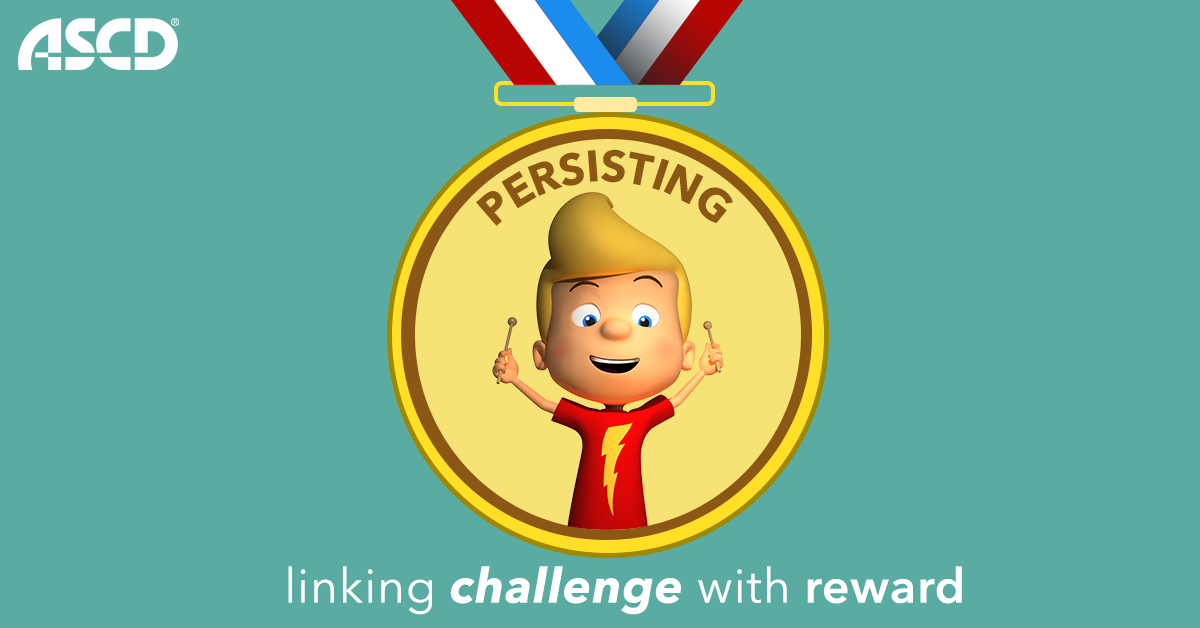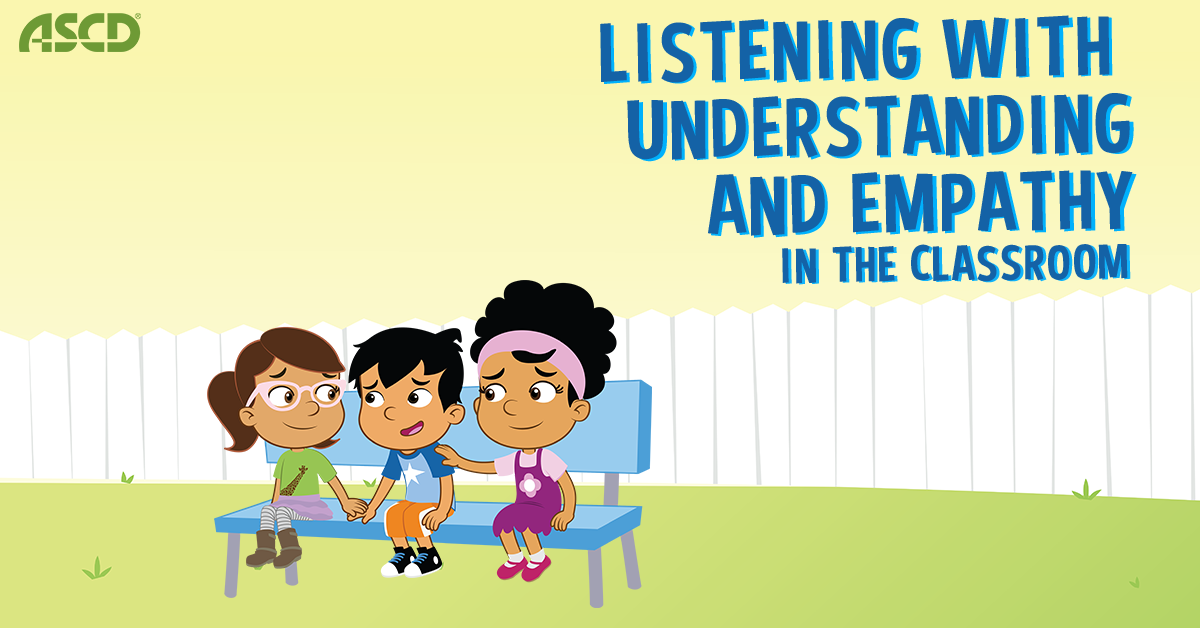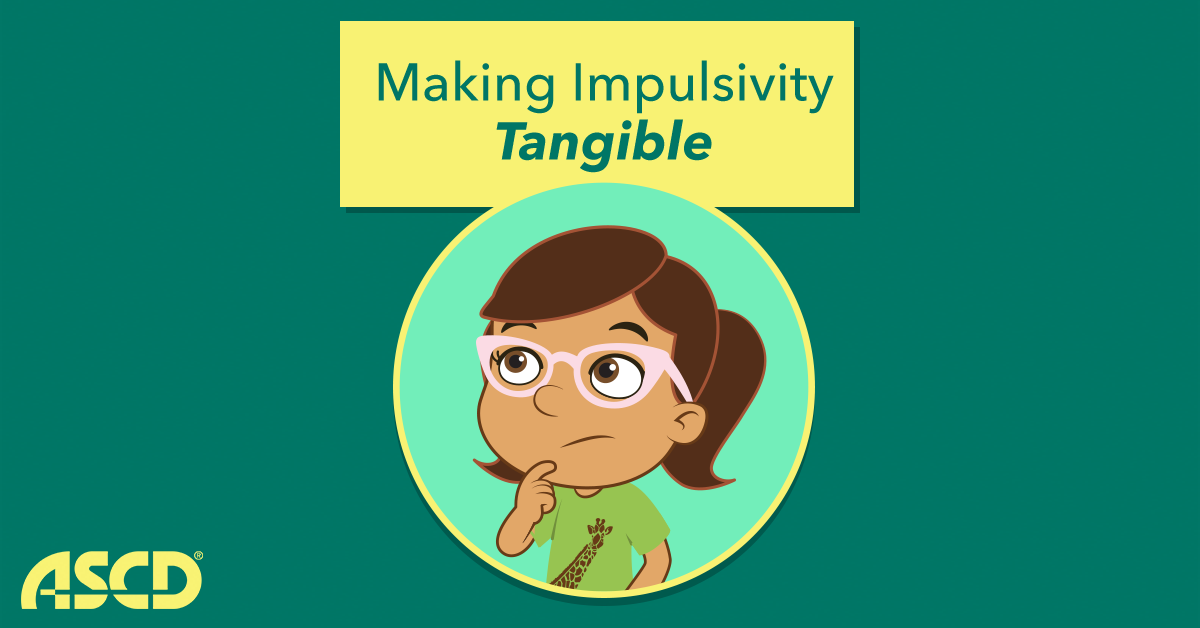By: Sandra Christensen Brace
As an enthusiastic practitioner of the Habits of Mind for more than 15 years, I have taught the habit of ‘persisting’ at all levels, and to a variety of student populations. For all learners, it’s a skill that is best taught through experience and reflection. Young students need to experience what persisting looks like, sounds like, and most of all feels like. And here’s the catch – persisting doesn’t always “feel good”. Success and achievement do! When the two are linked as an integral part of each other; and students learn to feel successful because they are persisting – they have a better time mastering this skill. Here are two activities I have used to teach persisting in the classroom:
Gold Medal Persisting
Our young students are great at ‘pretending’. I’ve often used role playing to activate their brains and their bodies. Most K-2 teachers have ‘carpet time’ or ‘morning business’ with their students which is a great time for this action and visualization exercise.
To get started: Tell your kids they are going to learn about persisting in a game of make believe called “Gold Medal Persisting”. To get them focused and excited, show them a video clips from YouTube of athletes winning their Olympic medals.
Activity: Then get the kids on their feet. Do the actions of the exercise with them, and share their excitement!
- Start off by saying “Hooray! You have just won an Olympic Gold Medal! How proud you are standing! (stand tall and act out the motions of the narrative).
- Walk your students through the following sequence: You bend your head and the medal is placed around your neck. The crowd cheers! You wave to the crowd and hold your medal up to show everyone! You raise both your hands and jump up and down. You are so excited! The national anthem starts to play and you calm your body and place your hands over your heart. This is the moment you have worked so hard for by persisting.
- Ask your students how this moment feels? Do they remember the journey that got them here?
- Then take a moment and have your students reflect on their journey to winning the Olympic Gold Medal by acting it out.
- Prompt them:
- You remember all the running practice? (begin running in place)
- Every morning, every day, miles and miles of running and running. (continue running)
- In the winter it was freezing. Brrrrrr. (wrap your arms, rub your hands together still running)
- In the summer it was so hot. Phew! (wipe sweat from your brow, still running)
- Day after day after day, running and running and running (slow the pace – getting tired) Even when you were so tired you wanted to stop, you kept running (exhausted body, slumping still running)
- Even when you were sick you kept running and running (holding the tummy still running) Even when you felt you might fall down (slower, exhausted but still running)
- And everything hurt (struggling still running)
- You kept running until you couldn’t run anymore. (stop, put hands on knees, panting).
- This is what persisting feels like (take a moment)
- …. But now you’re here! (big smile, body straightens and acts out final narrative)
- Waving to the crowd, showing off your medal and jumping for joy! This is what persisting feels like too! Hooray!!”
The Persisting Penny Project
Another activity I’ve used to teach persisting is “The Persisting Penny Project”. I begin with incentive: when everyone is finished we will have a Persisting Penny Dance Party! To give the kids explicit context, I show the the HOM Animation “Persisting”. Just like Chris, we are going to work on something that is challenging – and the beginning may feel like it’s “too hard” or “too much”. But we are going to persist, and our reward is a party!
To get started: Students each choose a large sheet of light colored construction paper and get a penny.
Activity:
- At their desks, students use a pencil to outline a circle around the penny, and then repeat.
- The next circle must intersect with the first, and they must continue outlining until the whole sheet of construction paper is covered with intersecting circles. (Of course this is done over time – kids work on it for about 5-10 minutes then you collect.)
- Every day they work on it a little, and you encourage and praise them for persisting.
- After they have traced their first few circles, talk about how they feel looking at the big paper that must be filled.
- Reflect on the HOM Animation: “How did Chris feel when he started?” As they progress over time, talk about how that feels. “What did Chris do when he got frustrated, or wanted to give up?” Talk about how it feels as the page fills up. “How did Chris feel as he got closer to his goal?” Play the HOM Animation more than once, and as often as the kids ask for it.
- Students who finish first cut the finished projects into strips and make paper chains, then enjoy SSR time. (This is part of persisting, too – waiting for other to finish!).
- When everyone has filled their paper, and added to the paper chain, hang it up – and it’s time to dance!! Our colorful paper chain reminds us how well we did persisting – just like Chris!
There’s no ‘wrong’ way to teach persisting as long as the challenge and the reward are clearly linked. Who said persisting can’t be fun!?!
Sandra Christensen Brace is Director of Education Partnerships for Wonder Media in Los Angeles, California. After nearly 30 years in the classroom, teaching all levels from Kindergarten to University, she is currently focused on expanding the reach of literacy technology and the Habits of Mind. A certified HOM PD Facilitator, Brace has presented internationally and contributed to multiple HOM publications and resources including: The Power of the Social Brain, Learning and Leading with the Habits of Mind, and Habits Center Stage: Using Drama.



